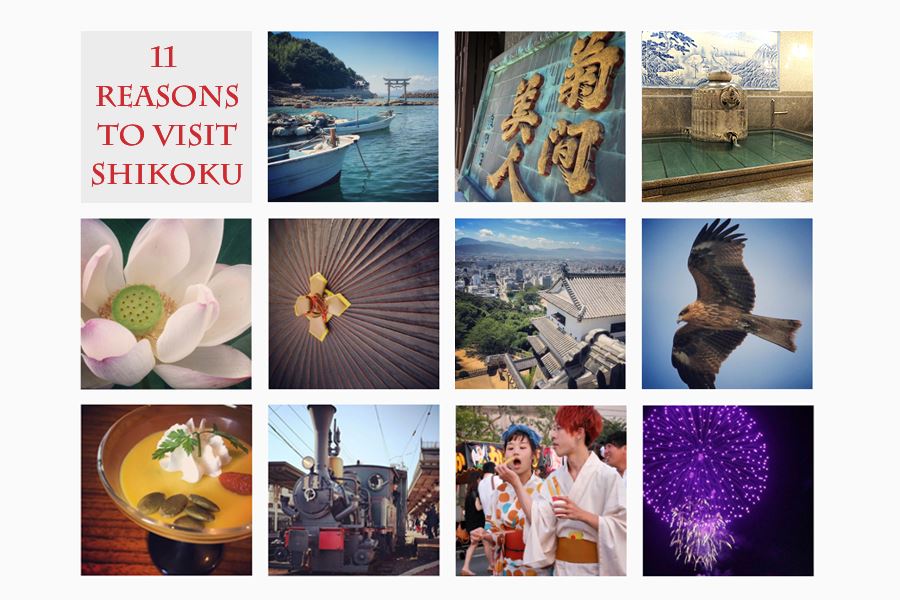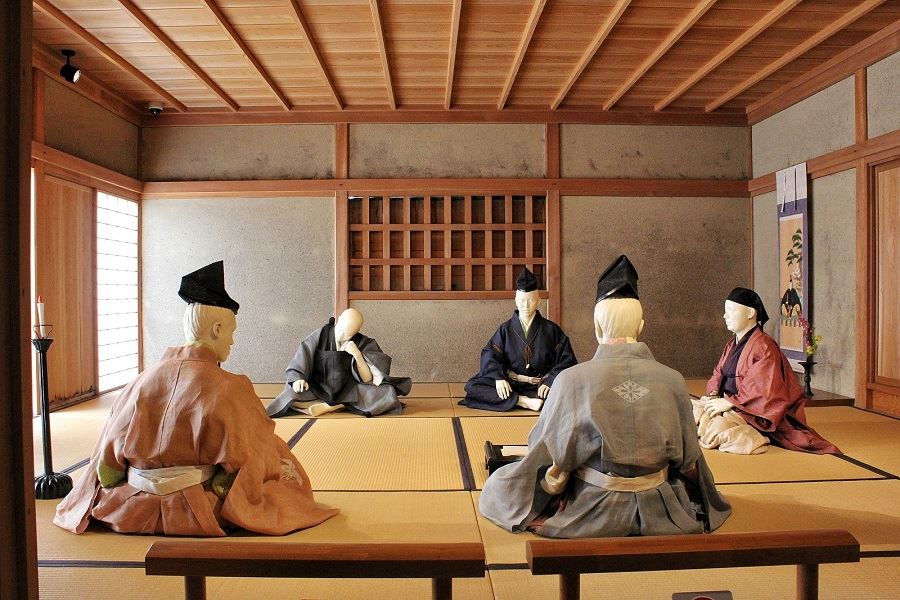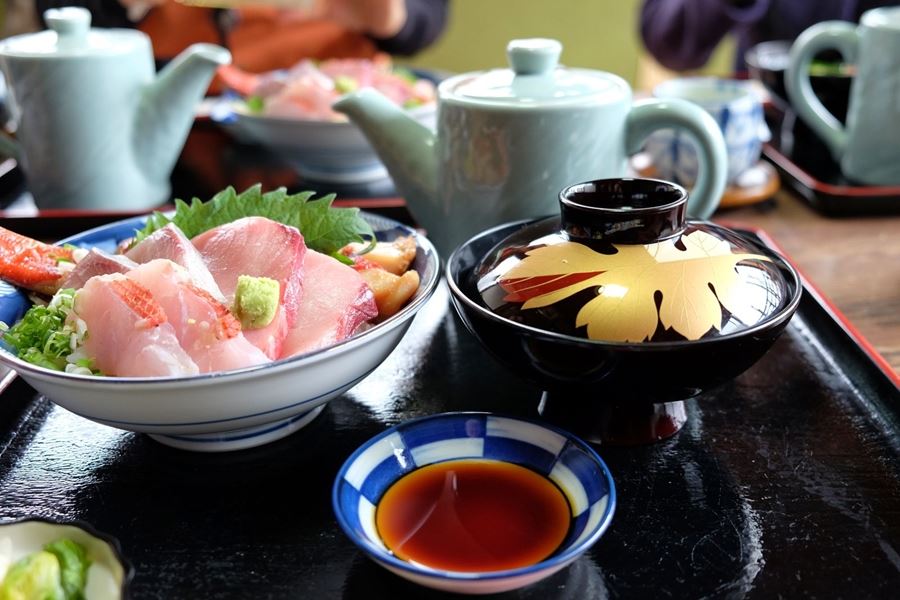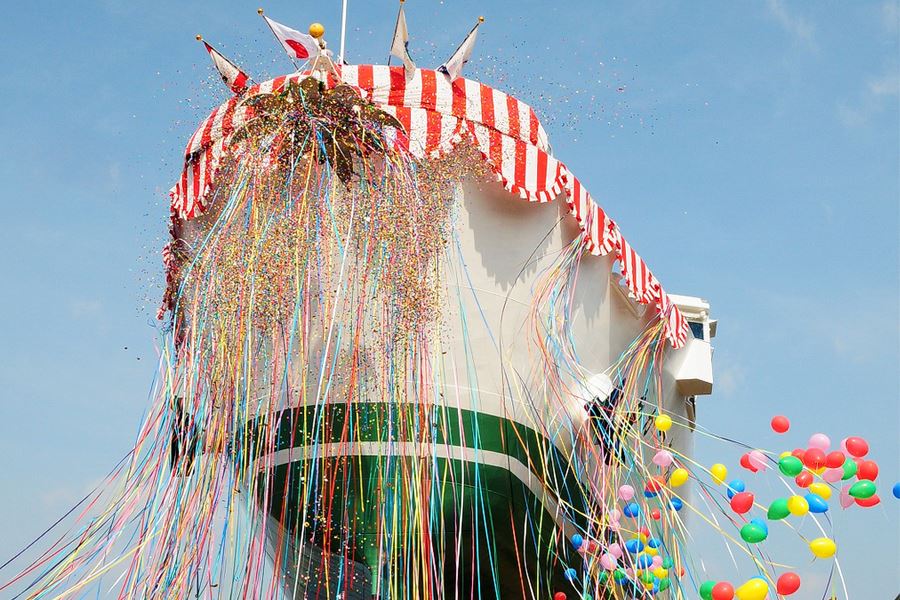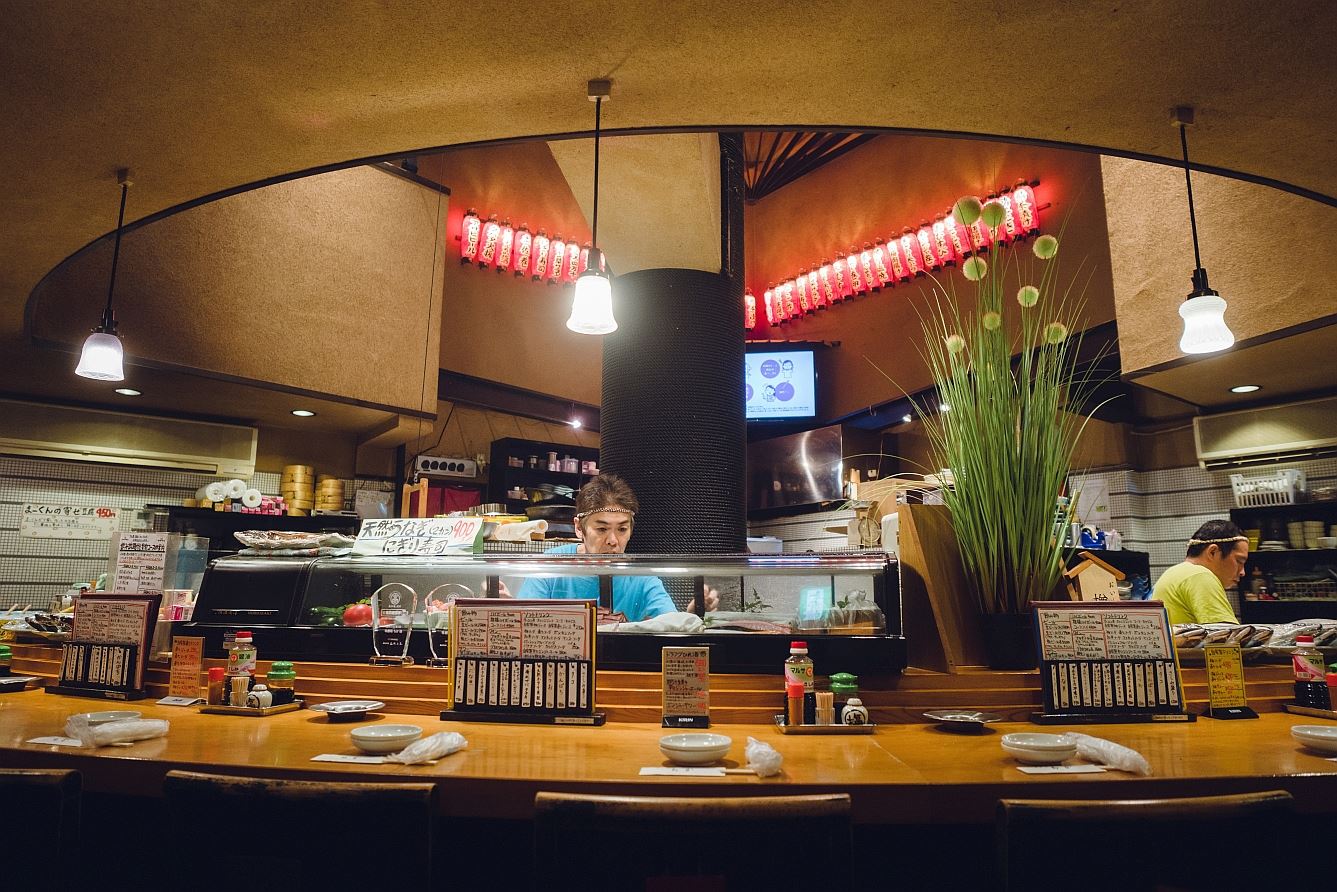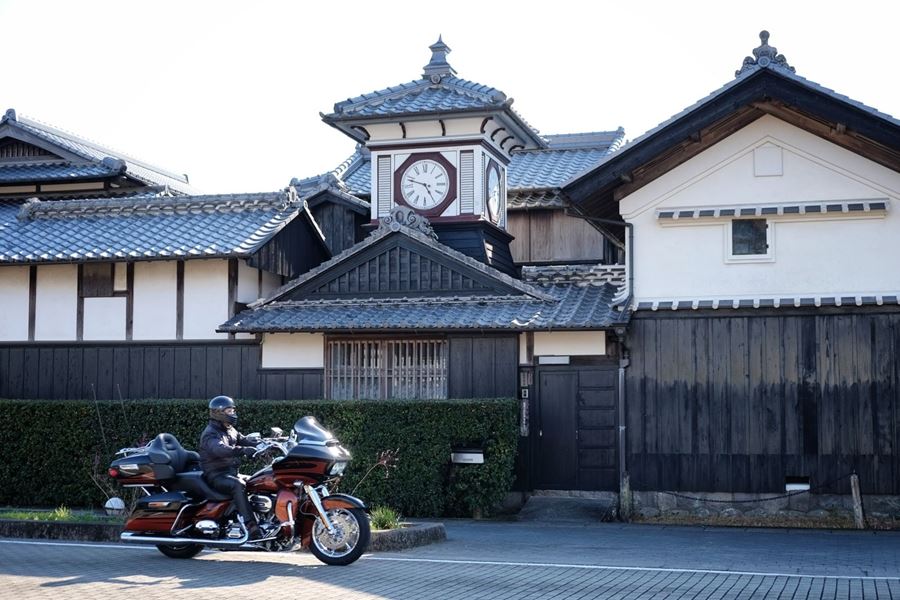Shikoku Chicken Dishes
Home » Shikoku Chicken Dishes
Shikoku Chicken Dishes
With sea on all sides, Shikoku is naturally a good place to eat fish, and indeed, the island has some of the best fish in Japan. But man cannot live by fish alone, and so the people of Shikoku supplement this with a variety of excellent chicken dishes. And as with pretty much everything in Shikoku, there’s a specific regional character to the way things are done. This applies equally to the preparation of chicken.
The popular chicken dishes we’ll look at here generally fall under the umbrella of “B-class gourmet”. That’s to say, it’s not in any danger of appearing in the Michelin Guide, but much skill and judgement goes into its preparation, resulting in exquisitely delicious food that still merits the ‘gourmet’ label. Unsurprisingly, it goes exceedingly well with cold beer or the local sake. We’ll wager that you’ll exclaim, “Can chicken really be this good?!”
Imabari yakitori
The people of Imabari are often said to be restless and impatient, and this is reflected in the way they cook. Yakitori, chicken cooked on skewers, takes a while to cook properly, but folk in Imabari can’t be bothered with that. So they put the chunks of chicken on a hotplate, and slap a flat steel lid on top to hurry things up. This unusual style of yakitori cooked without skewers is seen in only Imabari. You eat the chicken pieces with chopsticks. Imabari yakitori, with its three key elements of fast, cheap, and delicious has gained a large following, and there are currently about 70 yakitori restaurants in the city. The sauce offered is also a unique feature of each restaurant, ranging from light and tangy, thick and sweet, to spicy with chilli or mustard.
In Imabari, there’s a process to eating chicken. You start with kawa, chicken skin. Some restaurants grill only the skin, while others serve the skin with a little meat left on. Each has it’s merits in terms of textures. You finish with senzanki, seasoned fried chicken. In Japan, fried chicken is normally called kara-age, but Imabari has its own name for it. There are all sorts of ways to enhance fried chicken with different seasoning and frying procedures, and every restaurant has its own version. But whatever is offered, it makes you want to drink beer. When you visit Imabari, see if you can find the perfect serving of chicken to suit your taste.
Kagawa chicken on the bone

Wherever you go in Kagawa Prefecture, you can find a dish called honetsukidori, a chicken thigh on the bone. It originated in Marugame city, but is now widely available in the prefecture, no doubt to the chagrin of Marugame who even created Tori Bugyō, a chicken on the bone mascot, to represent their city.
It’s a simple item made by grilling a chicken thigh seasoned with salt, pepper, and garlic on a metal dish. The oils and juices seep out during grilling, resulting in a hybrid of grilling and frying. A side dish of plain cabbage leaves completes the serving. You may be offered a pair of scissors with which to separate the meat from the bone.
The flavour is extraordinary.
This gourmet item emerged in 1953 when the owners of an izakaya in Marugame saw a Hollywood film involving roast chicken. It inspired them to recreate this exotic dish in their own restaurant. Today, their imitation of roast chicken is second only in popularity to udon noodles in Kagawa.
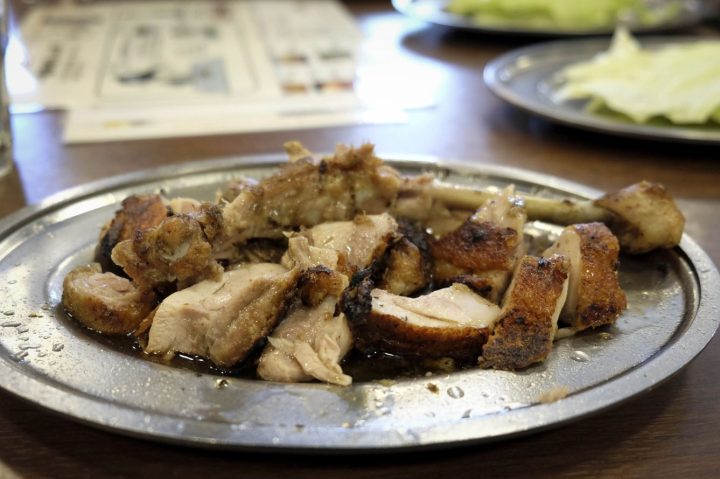
Typically restaurants offer two varieties of chicken, wakadori and oyadori, young and old. The young is tender and plump, whereas the old is chewy but richly flavourful. Having nearly worn out our jaw with the old, we find the young more than sufficiently tasty. The Ikkaku chain is thought by many to offer the ultimate honetsuki, but we find the seasoning at Ikkaku brutish. Of the well-known places, we favour Tanakaya in Kotohira, although there are many small establishments around Kagawa that offer an excellent honetsuki.
Chargrilled Chicken
One of the methods of cooking chicken that we haven’t seen anywhere outside of Shikoku is slowly grilling cubes of chicken over charcoal with lashings of chicken fat. It produces a lively flame and an aroma fit to drive a hungry person insane. Two good exemplars of this style are the down-home Tosaka Restaurant next to the railway tracks near Kataharamachi Station in Takamatsu, and Yume no Ie Hanare in Matsuyama. Both have a good selection of local sake.
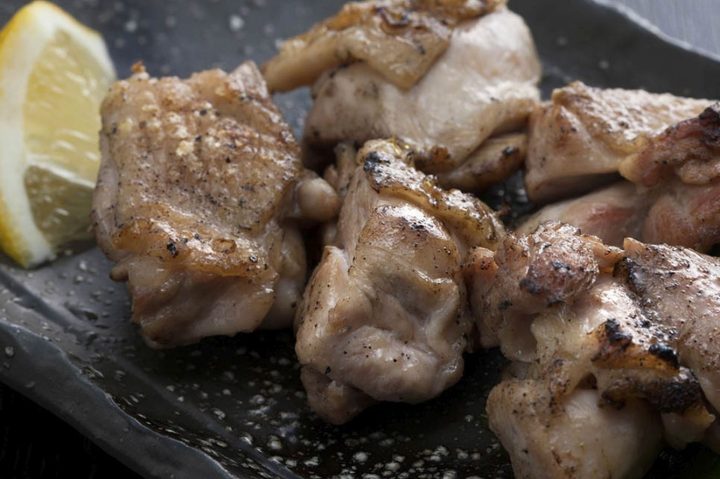
Kōchi shamo
Shamo is the name of a breed of chickens thought to derive from fighting chickens of Malay type brought from Thailand in the early part of the 17th century. Shamo is a corruption of the word Siam. This slender chicken is served widely in Kōchi prefecture, and Sakamoto Ryōma who precipitated the Meiji Restoration was known to enjoy eating it. It has a chewy, elastic texture, fortunately quite unlike ‘old’ oyadori, with an amino-rich flavour. The whole bird is typically served separated into its various parts, each of which offers a new taste experience. It’s eaten as a nabe hot-pot, or you cook it yourself on a charcoal brazier.
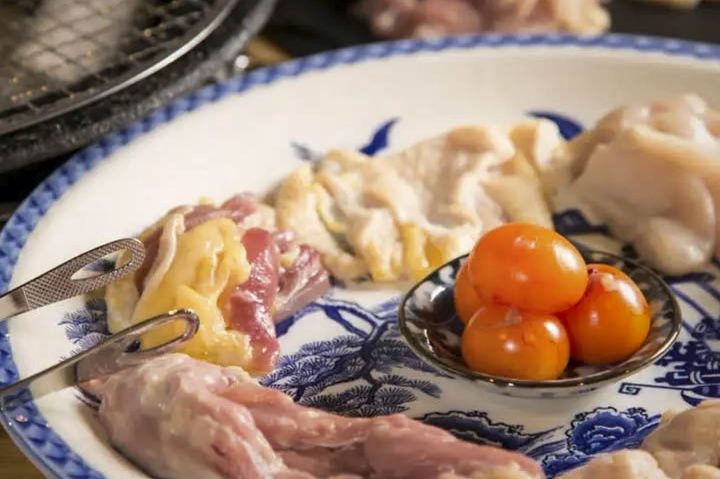
Related Tours

Experience the most beautiful and interesting temples of the Shikoku Pilgrimage in seven days.

A tour for families or friends, staying in the most characterful kominka and ryokan of Shikoku.

Visit the most beautiful and interesting temples of the Shikoku Pilgrimage and walk the toughest trails.

